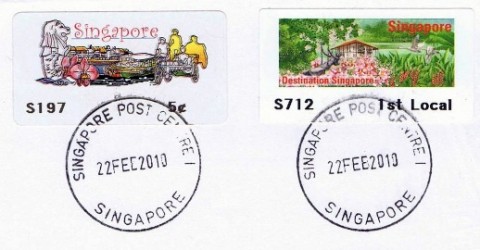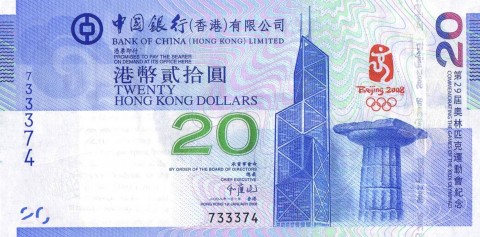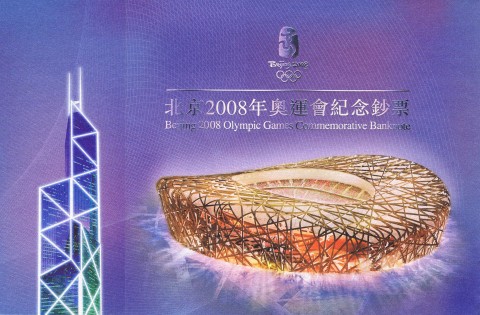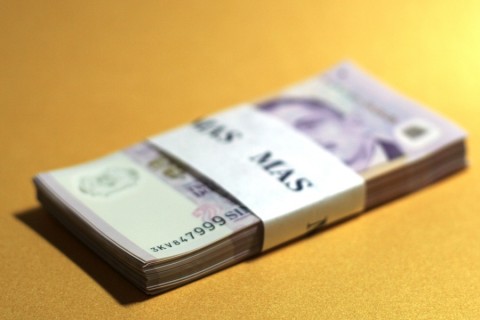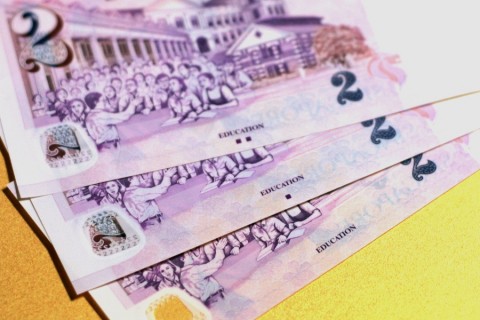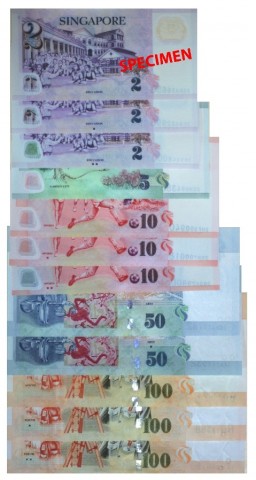Today is the fifteenth and last day of Chinese New Year, as well as the last day of February. Families usually celebrate this special day by eating glutinous rice balls, commonly known as Tangyuan.
Every year, China Post would issue postcards for the Chinese New Year. Also known as lottery New Year postcards, each of the cards bears a unique serial number. A list of winning serial numbers will be announced on the China Post website later today. Prizes can be redeemed from 5 March to 5 May 2010.
The postcard has a simple hand-drawn design which reflects the Chinese culture during the New Year. Regardless of age, people are dressed in red, as this colour is regarded as auspicious. On the fifteenth day of the New Year, children would walk around with lanterns, as shown on the postcard.
Sent from a friend in Beijing on 19 February 2010, the fifth day of the New Year, this card arrived in my mailbox yesterday, just in time for the last day of the New Year.

